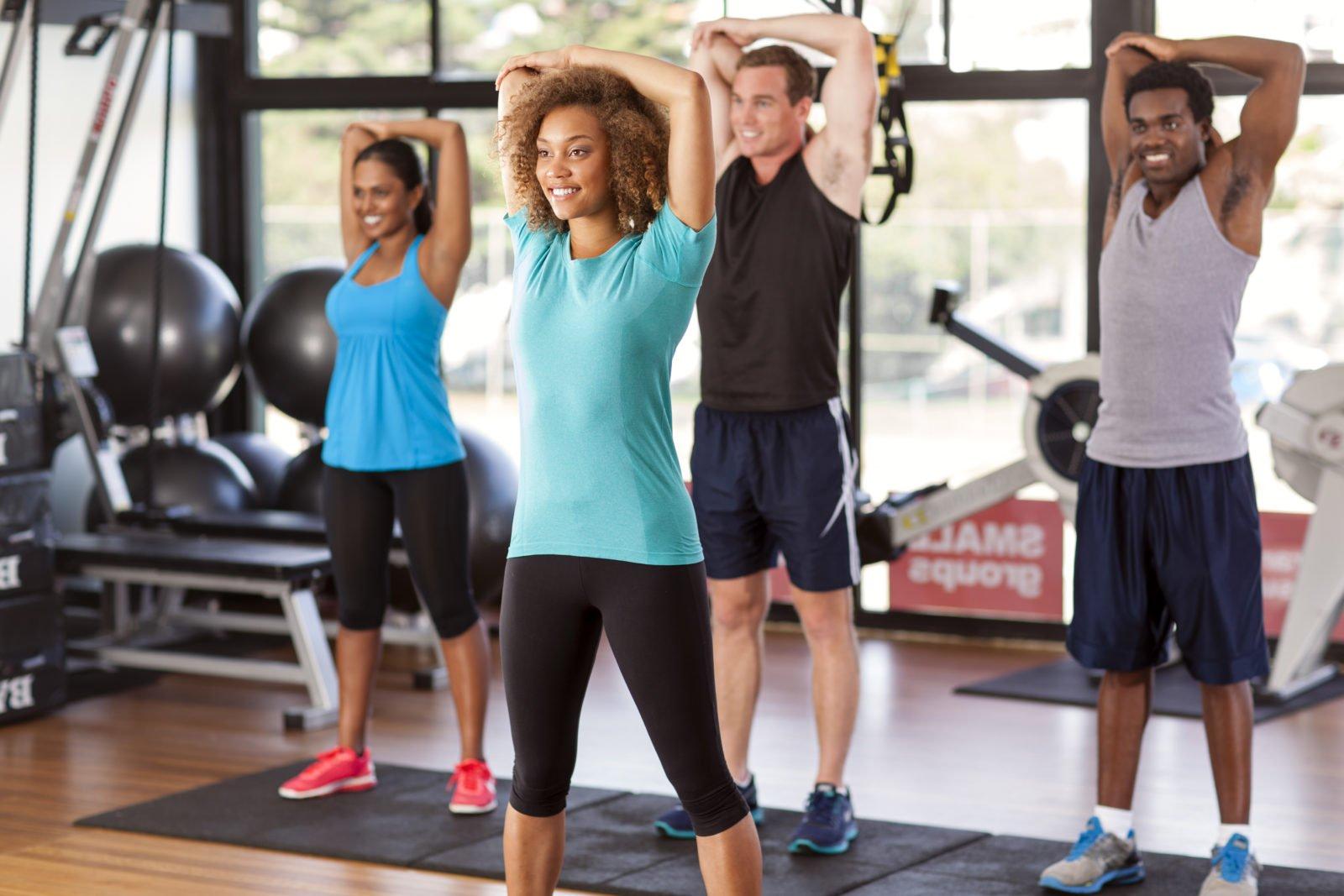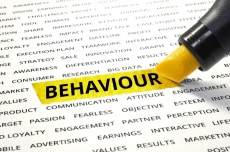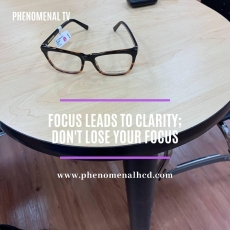Phenomenal today
Health and Wellness are receiving increasing attention around the world. Everyone wants to live a healthy life and so it is good to exercise, eat the right kinds of food and drink loads of water. We at Economic and Business Strategies Ltd (EBS) have included Health and Wellness together as a major part of what Human Capital is.
The CEO of EBS Prof. Magnus Kpakol has defined Human Capital as the stock of knowledge, wellness, habits, attitude and other personal attributes, especially creativity, innovation and skills for the ability to produce economic value. Therefore human capital is the most important element for achieving increasing productivity, rising wellbeing, personal income growth, economic development and global competitiveness.
Today I will be focusing on health and wellness. While you cannot choose the state of health, you can consciously choose wellness by living your life responsibly and taking proactive steps for your well-being. What are you doing to make sure you stay healthy and fit? Are you intentional about your health? Have you set goals that can help you toward a healthy living? If you have not joined the healthy living lifestyle train, you can get some tips that can help you at the end of this write up.
People often use the terms health and wellness interchangeably. Although a person cannot have one and not the other, they are two different concepts that are quite variable, and their meanings are different.
The World Health Organization (WHO) defines health as “a state of complete physical, mental, and social well-being and not merely the absence of disease or infirmity (illness). The WHO also defines wellness as “the optimal state of health of individuals and groups,” and wellness is expressed as “a positive approach to living.” The primary difference between health and wellness is that health is the goal and wellness is the active process of achieving it. You truly cannot have health without first achieving wellness. Wellness has a direct influence on overall health, which is essential for living a robust, happy and fulfilled life.
Here are some practical steps you can take for your wellbeing:
- Physical Activity: Physical activities enhance the ability to prevent illness and disease. Exercise stimulates a healthy mind and body. A sedentary lifestyle can be avoided by increasing physical activity in everyday life with walking, cycling, taking the stairs, and hiking.
- Good nutrition: Eating a balanced diet, drinking sufficient water (eight glasses per day), and getting adequate sleep promotes a person’s physical wellness. Eat a combination of different foods, including fruit, vegetables, legumes, nuts and whole grains. By eating healthy, you will reduce your risk of malnutrition and non-communicable diseases (NCDs) such as diabetes, heart disease, stroke and cancer.
- Regular Check-Ups: Having regular check-ups can help in identifying health problems early. Health professionals can help find and diagnose health issues early when your chances for treatment and cure are better.
- Less Salt and Sugar: You can reduce your salt intake to 5g per day, equivalent to about one teaspoon. It’s easier to do this by limiting the amount of salt, soy sauce, fish sauce and other high-sodium condiments when preparing meals; removing salt, seasonings and condiments from your meal table; avoiding salty snacks; and choosing low-sodium products. You can also reduce your sugar intake by limiting the consumption of sugary snacks, candies and sugar-sweetened beverages.
Let me not forget to mention some risk factors of healthy living. Risk factors are actions or conditions that increase a person’s risk of illness or injury. Some of the risk factors that can be harmful to good health are as follows:
- Smoking: It is a major risk factor for lung cancer and cardiovascular diseases.
- Drinking alcohol: It can cause liver damage, stroke, heart diseases, and cancer.
- Unprotected sex: It spreads sexually transmitted diseases, including human immunodeficiency virus (HIV).
- Extreme physical activity/sports: This may lead to broken bones and other types of injuries.
Wellness is an active process of growth and change to reach your fullest health and well-being. It is associated with actively pursuing healthy activities, making good lifestyle choices and changes while also controlling risk factors that can harm you. It is recommended that you focus on good nutrition, having a balanced diet, and following spiritual practices that lead to holistic health. Don’t forget to do your best to achieve your health and wellness goals.
And very importantly, do not forget to join the conversation by leaving a comment below. We invite you to join our community of phenomenal people by signing up, creating a page and promoting your ideas and brand.
Contributed by Salama Tanko
Reference:
WHO: World Health Organization
Contributions

notifications


































Salama Tanko about 2 years ago